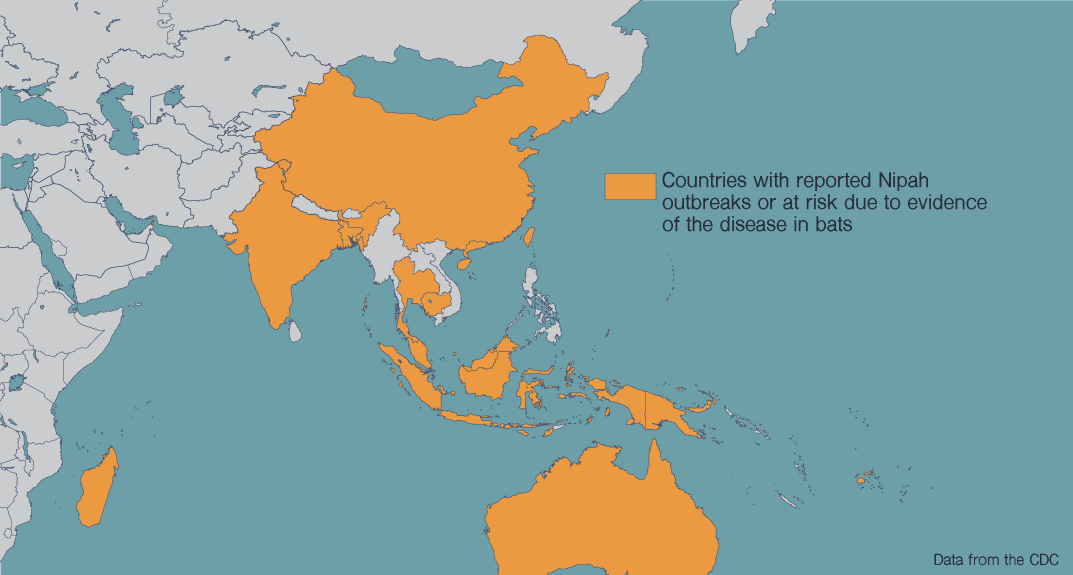Our Approach
Researchers at La Jolla Institute for Immunology (LJI) are advancing Nipah vaccine and therapy development by capturing high-resolution images of the virus’ molecular structure. This structural virology research is led by LJI Professor, President, and CEO Erica Ollmann Saphire, Ph.D. MBA.
Dr. Saphire’s team has already shed light on several potential targets on Nipah virus, including multifunctional phosphoprotein, called P, which executes numerous virus functions. In 2014, the researchers solved the structures of specific regions of the P protein that appear essential for viral replication in host cells. Their work shows how antibodies and other immune factors might target P to neutral Nipah virus.
Dr. Saphire’s lab has also revealed the importance of two particular structural features on Nipah virus: a basic patch and a kink in the protein. In a 2019 study, the team showed that these structural features are important for the Nipah virus life cycle. This means that targeting these regions through a vaccine or therapy may stop infection. These regions are also conserved in the related measles and mumps viruses. Saphire is now illuminating these structures to provide new avenues for broad-spectrum antiviral defense.
In a 2022 study, Dr. Saphire and her colleagues captured high resolution image’s of Nipah’s matrix (M) protein. Their work reveals exactly how the the M protein directs virion assembly in host cells—and how new copies of Nipah virus “bud” off to break away from the infected cell and further spread the infection.
